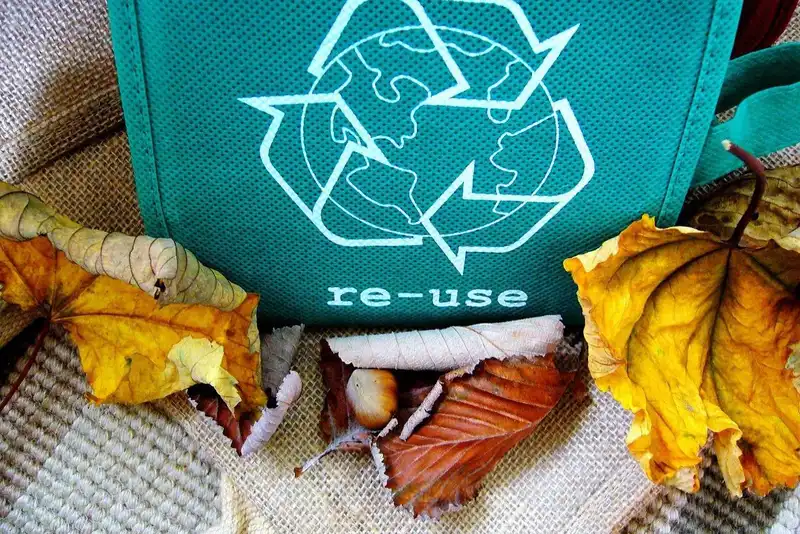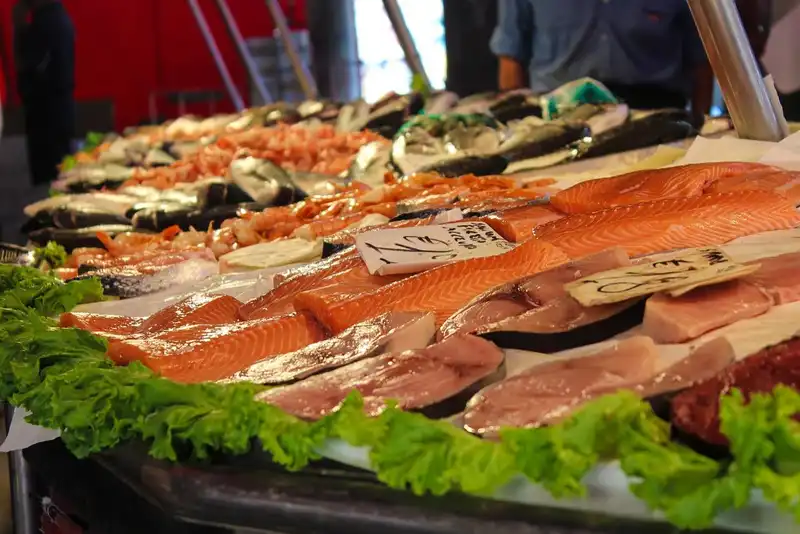Tips for Restaurants to Reduce Food Waste

The Financial Problem with Food Waste

The food waste problem in restaurants across the globe is sobering. In the United States alone, 133 billion pounds of food was discarded at the cost of over $160 billion in 2010. Given that one in eight Americans don't know where their next meal will come from, it's a problem that requires a solution sooner rather than later.
You're Throwing Away Your Profits
Did you know that by contributing to the waste problem, you're also contributing to the loss of around $2 billion of profits annually? Food costs can make up to roughly a third of a restaurant's costs, so there is a lot of money to be saved by vowing to reduce food waste.
Your Portion Sizes are Too Large
Restaurants are in a predicament when it comes to portion sizes. While offering value for money is a significant drawcard for customers, it can be detrimental to your food waste goals. Customers may value more food on the plate, but that doesn't mean they will eat it.
What's more, research shows that many people think portion sizes have increased and are too large. In the same study, one participant even noted, 'I think that sometimes we have lost sense of what a normal portion size is. Actually, I think that I don't know what it is.'
You're Over-purchasing
If you haven't got a sound method for purchasing, then over-purchasing is a genuine reality. You not only have to contend with a significant amount of food wastage but a dip in your profits, as well. However, if you invested in food waste reduction, you could make up to $8 of cost savings for every dollar you invested in your goal to reduce food waste.
How to Reduce Food Waste

Making a goal to reduce food waste can end up being one of the most memorable things you do in your business. It won't only benefit your bottom line, but your community and those who don't know where their next meal is coming from.
Donate Your Wastage
Many restauranteurs are scared to donate their unused food because of liability concerns. What they may not know is that the Federal Bill Emerson Good Samaritan Food Donation Act can prevent that. This act allows you to donate fit grocery products to churches, food banks, soup kitchens, and similar without the risk of liability.
"A nonprofit organization shall not be subject to civil or criminal liability arising from the nature, age, packaging, or condition of apparently wholesome food or an apparently fit grocery product that the nonprofit organization received as a donation in good faith from a person or gleaner for ultimate distribution to needy individuals.''
Offer Size Options
Rather than offer a single serving size, reduce food waste by giving the customers a choice. Small, medium and large portions allow consumers to choose what's right for them. Not only can you reduce waste on the plate, but you may be able to bring down your food costs, as well.
Get Inventive with Ingredients
Produce that's starting to appear less than ideal from a presentation perspective doesn't have to end up in the trash. Bruised bananas, for example, can make delicious banana muffins. You can also freeze them for smoothies. Anything bruised or imperfect can also be repurposed into juices, soups, and sauces.
Give to Livestock
Some products may no longer serve a purpose in your restaurant, but that doesn't mean they don't serve a purpose full stop. Talk to local farmers about their need for food scraps for their pigs. You may also find that vegetable scraps are perfect for composting.
Conclusion
If you haven't got a food waste reduction plan in place, then now's the time to get one. Did you know over 70% of diners in the United States care about how restaurants handle their food waste?
Nearly half would even spend more at a restaurant if they knew it had an active food recovery program.
- Pay attention to your serving sizes. Giving customers sizing options may result in less wastage and more profit.
- Link with local community initiatives to offer food to those who need it the most.
- Know that billions of dollars' worth of food is being wasted every year and it's easy to change.
- Change your purchasing style to avoid overspending on food that ends up going to waste.
- Understand that by not reducing food waste, you are throwing thousands of dollars of profit into the trash can on a regular basis.